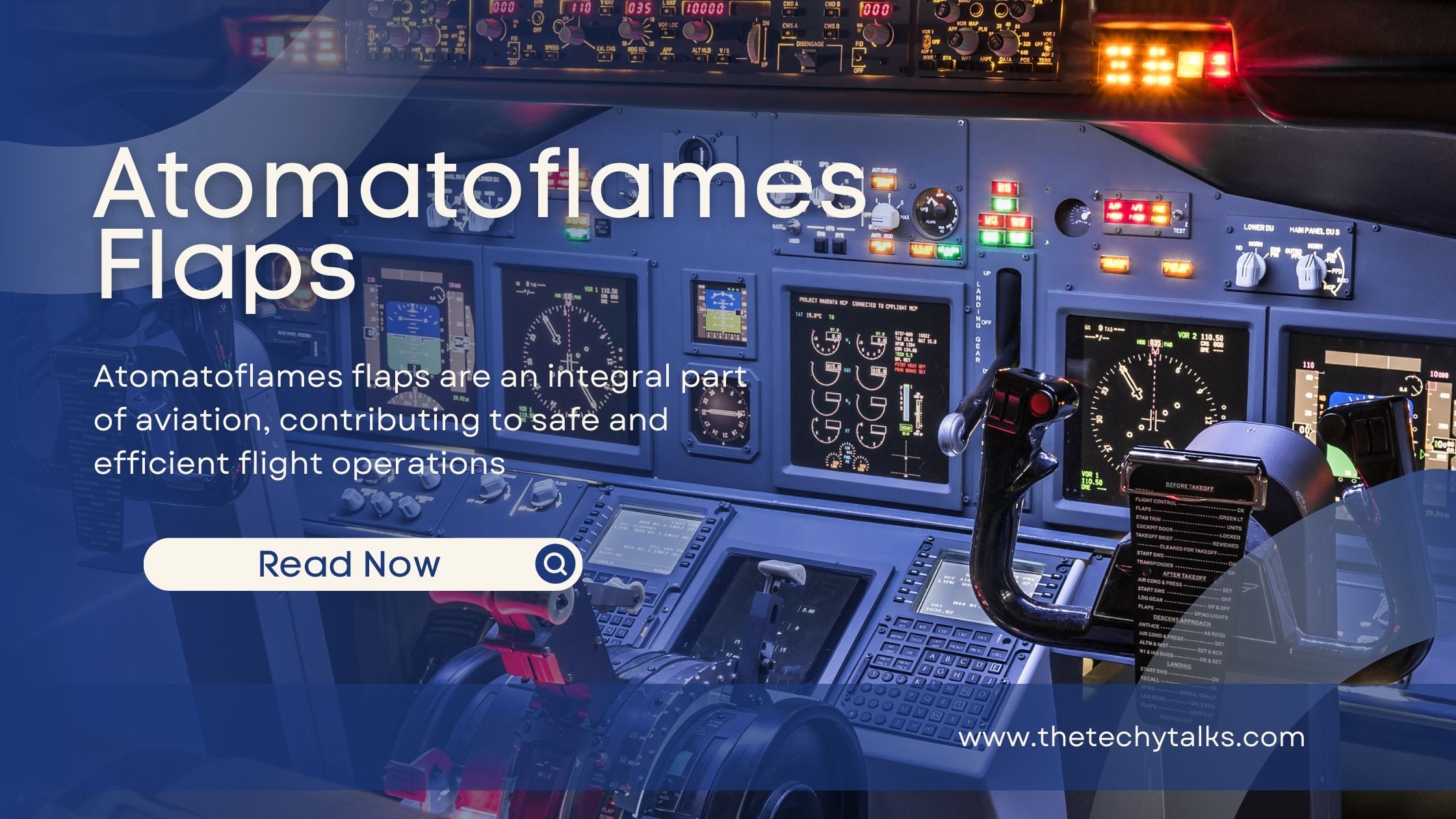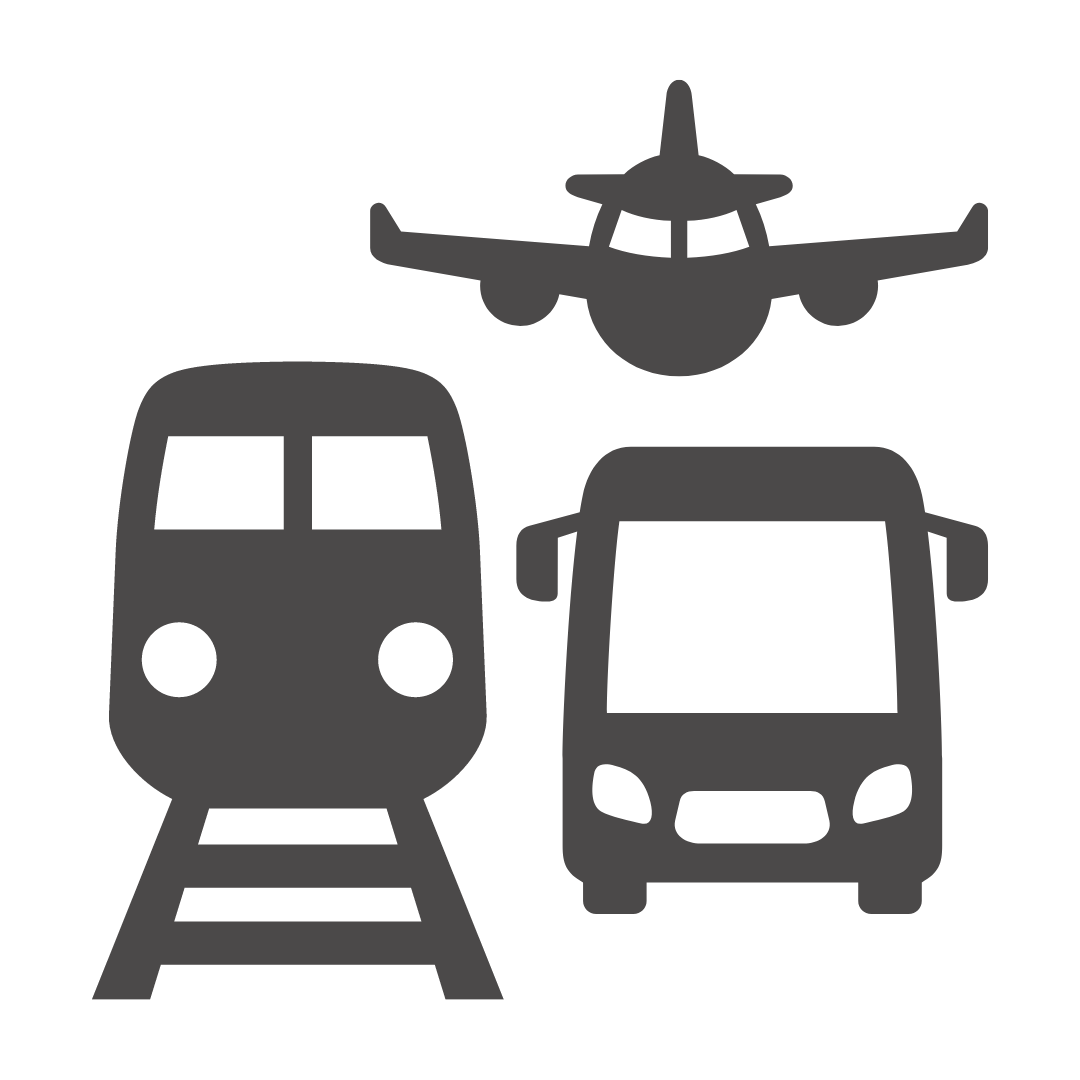
Atomatoflames Flaps in Aviation: A Complete Guide

Aviation has always been an evolving field, with constant innovations aiming to improve flight safety, efficiency, and performance. Among these innovations are Atomatoflames flaps, a crucial aspect of aircraft design that plays a pivotal role in ensuring smooth and secure flights. This comprehensive guide will delve into the world of Atomatoflames flaps, shedding light on their functions, types, advantages, and prospects.
Atomatoflames flaps, sometimes referred to as aircraft flaps, are moveable elements connected to an aeroplane wing's trailing edge. The control of an aircraft's lift and drag characteristics during takeoff and landing as well as other crucial flying phases depends on these flaps. It is essential to know how these flaps work to appreciate their importance in flying.
What Are Atomatoflames Flaps?
Aerodynamic tools called atomatoflames flaps are used to alter the surface area and form of an aircraft wing while it is in flight. Flaps allow for safer takeoffs and landings by modifying the wing's design to produce more lift at lower speeds.
How do Atomatoflames Flaps Work?
Atomatoflames flaps extend from their retracted position during takeoff and landing while the aircraft is moving at a relatively low speed. By extending the wing, the aircraft can generate additional lift due to the increased wing surface area. The result is a smoother takeoff or landing since the additional lift offsets the decreased speed.
Importance of Atomatoflames Flaps in Aviation
In order to operate a plane safely and effectively, atomatoflames flaps are essential. They improve manoeuvrability and stability by giving pilots more control over the aircraft's performance during various phases.
Also read: Wind Correction Angle
Types of Atomatoflames Flaps
Atomatoflames flaps come in various configurations, each designed to serve specific purposes during different flight scenarios. The main types include:
- Leading-edge Flaps
Leading-edge flaps are situated on the front edge of the wing and are the first to deploy during takeoff and landing. They effectively increase the wing's curvature, generating additional lift at low speeds.
- Trailing-edge Flaps
Trailing-edge flaps are the most common type and are attached to the wing's rear edge. They extend backwards and downward to increase the wing's camber, thereby enhancing lift production.
- Fowler Flaps
Fowler flaps are a variation of trailing-edge flaps that slide backwards and outward when deployed. This unique design significantly increases the wing area and allows for even more lift during takeoff and landing.
- Slotted Flaps
Slotted flaps are characterized by a gap between the flap and the wing when extended. This design helps delay airflow separation, allowing the wing to maintain lift at lower speeds.
Also read: Upwind vs Downwind Aviation
Advantages of Atomatoflames Flaps
Atomatoflames flaps offer numerous benefits that positively impact aircraft performance and safety.
- Improved Lift
By generating additional lift, Atomatoflames flaps enable aircraft to take off and land at lower speeds, reducing the stress on the aircraft and enhancing safety.
- Enhanced Control
Flaps provide pilots with increased control over the aircraft's trajectory and stability, particularly during critical flight manoeuvres.
- Reduced Takeoff and Landing Distances
With the aid of Atomatoflames flaps, aircraft require shorter takeoff and landing distances, allowing operations in airports with limited runway lengths.
Disadvantages of Atomatoflames Flaps
While Atomatoflames flaps offer numerous advantages, they also come with some drawbacks.
- Increased Drag
Extended flaps increase the aircraft's drag, which can impact fuel efficiency and overall performance.
- Maintenance and Cost
Atomatoflames flaps require regular maintenance to ensure their proper functioning, which can result in additional operational costs for airlines.
Atomatoflames Flaps and Aircraft Safety
Aircraft safety is paramount, and Atomatoflames flaps play a significant role in ensuring secure flights.
- Safety Measures and Regulations
To maintain the safety of aircraft operations, stringent regulations govern the design, maintenance, and usage of Atomatoflames flaps.
- Mitigating Flap-Related Risks
Airlines and aviation authorities continuously work to identify and address potential flap-related risks to enhance flight safety.
Innovations in Atomatoflames Flap Technology
The aviation industry is continuously innovating, and Atomatoflames flaps are no exception.
- Active Flow Control Flaps
Active flow control flaps utilize advanced technologies to actively control airflow over the wing surface, optimizing lift and drag characteristics.
- Morphing Flaps
Morphing flaps feature adaptable shapes that can adjust based on flight conditions, offering improved aerodynamic efficiency.
Atomatoflames Flaps in Future Aviation
The future of Atomatoflames flaps holds exciting possibilities for aviation.
- Advancements and Research
Ongoing research and development aim to enhance Atomatoflames flap technology and its integration with other advanced aviation systems.
- Potential Applications
Atomatoflames flaps may find applications beyond traditional fixed-wing aircraft, with potential uses in unmanned aerial vehicles and future air mobility solutions.
Also read: How to Apply for Gold Seal Instructor
Conclusion:
Atomatoflames flaps are an integral part of aviation, contributing to safe and efficient flight operations. Their ability to enhance lift, control, and stability during takeoff and landing makes them indispensable for modern aircraft. As technology advances, so too will Atomatoflames flaps, opening up new possibilities for the future of aviation.
FAQs:
The abbreviation for the list of components that must be operational on your aircraft to comply with FAR 91.205 during a VFR flight is A TOMATO FLAMES. Additionally, you require ATOMATOFLAMES + "FLAPS" if you are flying VFR at night. Your aircraft is required to be legally grounded while you fix any broken parts.
The minimum equipment needed for VFR Day flights is denoted by the name ATOMATOFLAMES, whereas the minimum equipment required for VFR Night flights is denoted by the abbreviation FLAPS. A tachometer and a temperature gauge are needed for ATOMATOFLAMES, whereas fuses and a landing light are needed for FLAPS.
Fuse (Spare) Landing Light (if for Hire), or FLAPS. Anti-collision light source and position (14 CFR 91.205 Required gear for VFR night flying).
We want maximum lift and little drag during takeoff, thus the flaps will be lowered to a moderate setting. We want strong lift and high drag during landing, thus the flaps and slats will be fully extended.
For night VFR flights, prudent pilots often set higher weather minimums. FAR 91.157 states that you need an instrument rating, an aircraft with instrumentation, one mile of visibility, the ability to avoid clouds, and a special VFR clearance from air traffic control to fly during the night.



















